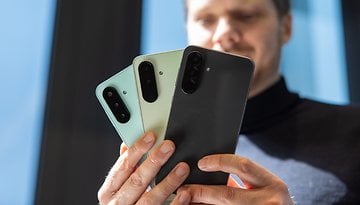Xiaomi 12 series reviewed: 12, 12 Lite, 12X and 12 Pro compared!
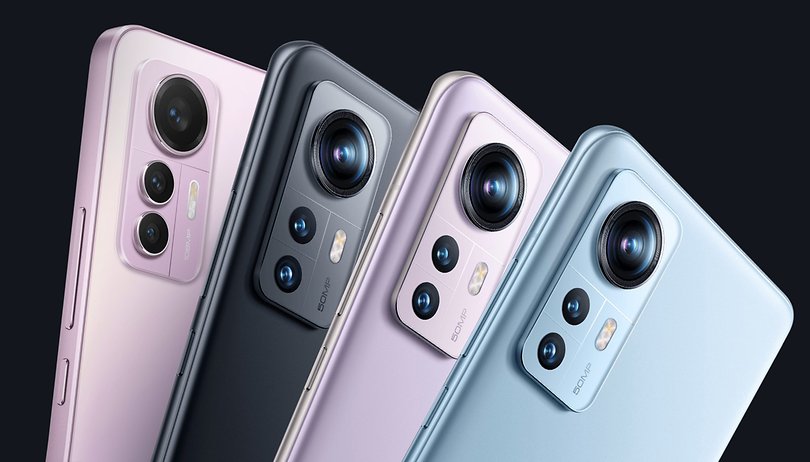

The Xiaomi 12 series has finally arrived in the West, with the latest addition arriving at the end of July. The Xiaomi 12, Xiaomi 12 Pro, and Xiaomi 12X were joined by the Xiaomi 12 Lite. We bring you a direct comparison of the four models from Xiaomi's flagship range and explain all the differences.
Xiaomi 12 Pro, Xiaomi 12, Xiaomi 12X, and Xiaomi 12 Lite compared side-by-side
The Xiaomi 12 Pro leads the Chinese flagship lineup and brings with it powerful specifications: Snapdragon 8 Gen 1, a triple camera with three 50 MP sensors, and quick charging with 120 watts are absolutely impressive. However, the smaller models - the base model Xiaomi 12, the cheaper Xiaomi 12X, and the entry-level Xiaomi 12 Lite are also exciting devices that we now want to take a look at. As always, we will begin with our table, where you can find the most important specifications listed.
| Xiaomi 12 series | ||||
|---|---|---|---|---|
| Product | ||||
| Image |  |
 |
 |

|
| Display | 6.73-inch, Curved AMOLED 3,200 x 1,440 pixels, 120 Hz adaptive |
6.28-inch, Curved AMOLED 2,400 x 1,080 pixels, 120 Hz |
6.28-inch, Curved AMOLED 2400 x 1080 pixels, 120 Hz |
6.55-inch, Curved AMOLED 2400 x 1080 pixels, 120 Hz |
| SoC | Qualcomm Snapdragon 8 Gen 1 | Qualcomm Snapdragon 8 Gen 1 | Qualcomm Snapdragon 870 5G | Qualcomm Snapdragon 778G |
| Memory | 128 / 256 GB ROM 8 / 12 GB RAM |
128 / 256 GB ROM 8 / 12 GB RAM |
128 / 256 GB ROM 8 / 12 GB RAM |
128 / 256 GB ROM 6 / 8 GB RAM |
| Software | MIUI 13 | MIUI 13 | MIUI 13 | MIUI 13 |
| Rear camera | Main camera: 50 MP Ultra wide-angle: 50 MP Telephoto camera: 50 MP |
Main camera: 50 MP Ultra wide-angle: 13 MP Macro camera: 5 MP |
Main camera: 50 MP Ultra wide-angle: 13 MP Macro camera: 5 MP |
Main camera: 108 MP Ultra wide-angle: 8 MP Macro camera: 2 MP |
| Front camera | 32 MP | 32 MP | 32 MP | 32 MP |
| Battery | 4600 mAh, 120 W, 50 W Wireless | 4500 mAh, 67 W, 50 W Wireless | 4500 mAh, 67 W | 4300 mAh, 67 W |
| Connectivity | 5G, Wi-Fi 5 & 6 (ac/ax), BT 5.2, NFC, Dual GPS/Galileo, GLONASS/ BDS | 5G, Wi-Fi 5 & 6 (ac/ax), BT 5.2, NFC, Dual GPS/Galileo, GLONASS/ BDS | 5G, Wi-Fi 5 & 6 (ac/ax), BT 5.1, NFC, Dual GPS/Galileo, GLONASS/ BDS | 5G, Wi-Fi 6, BT 5.2, NFC, BeiDou, GPS/Galileo, GLONASS |
| Dimensions and weight | 163.6 x 74.6 x 8.16 mm, 205 g | 152.7 x 69.9 x 8.16 mm, 180 g | 152.7 x 69.9 x 8.16 mm, 176 g | 159.3 x 73.7 x 7.29 mm, 173 g |
| Price | N/A | from $672 | from $576 | N/A |
| Pros |
|
|
|
|
| Cons |
|
|
|
|
| Review |
|
|
|
|
| Check offer* |
|
|
||
On paper, some differences become quickly apparent here. Nevertheless, even the more affordable variants also offer fast quick-charging, AMOLED displays with refresh rates of 120 Hertz and fast SoCs. Let's now dive into the details!
Jump to:
- Display and casing
- Performance and connectivity
- Cameras
- Software
- Battery and quick charging
- Price and availability
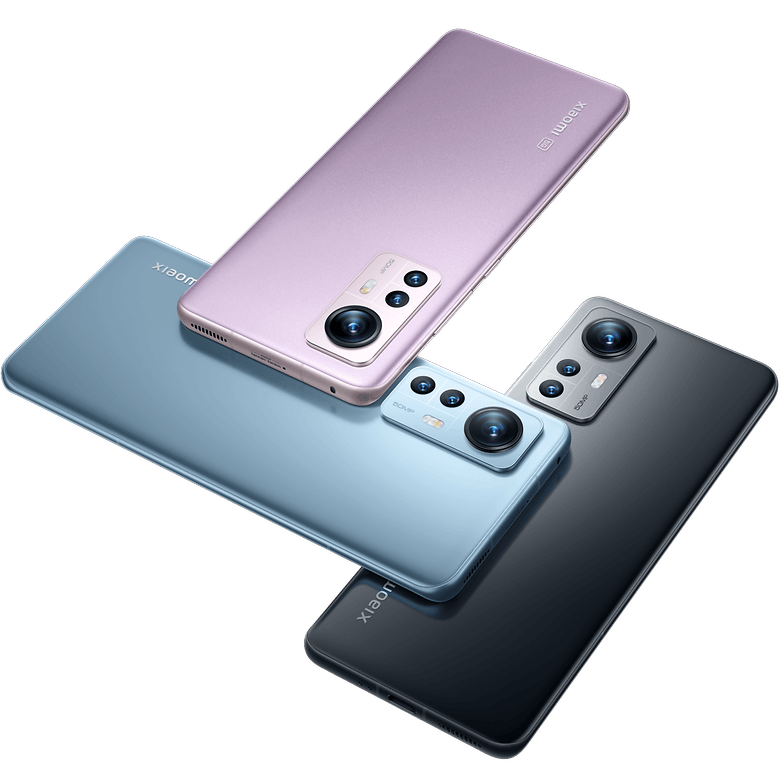
Display and design
Xiaomi relies on AMOLED for all four smartphones and all four also offer us a refresh rate of 120 hertz. They are all curved displays as well, which is admittedly a matter of personal preference. At 6.73 inches, the Pro is significantly larger than its two 6.28-inch siblings. The Lite positions itself right in between at 6.55-inches. Furthermore, the panel also offers 2K instead of Full HD+ resolution and the refresh rate is adaptive (1-120 Hz).
The display of the Xiaomi 12 Pro is very bright with 1,500 nits, but the base model and the 12X also deliver an impressive 1,100 nits. The touch sampling rate of 480 hertz is identical for all three devices that were introduced this spring. The Lite falls behind with a maximum of 900 nits brightness and a touch sampling rate of 240 hertz. Furthermore, the entire Xiaomi 12 series supports Dolby Vision and HDR 10+.
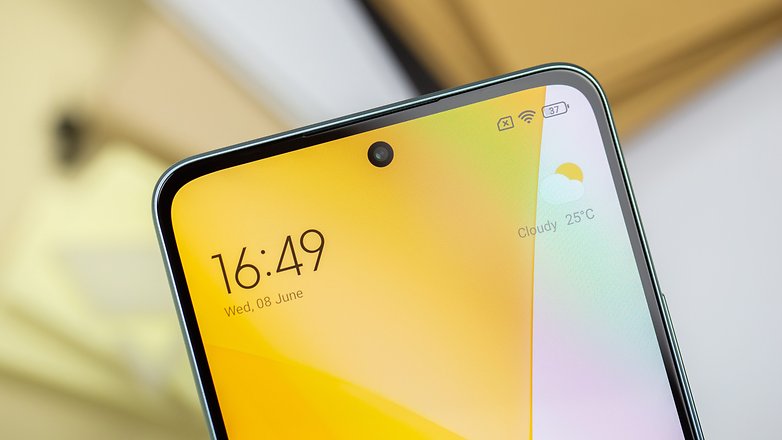
All smartphones are protected by Gorilla Glass Victus, with only the Xiaomi 12 Lite relying on Gorilla Glass 5. Unfortunately, Xiaomi does without an IP certification for these models. The three cameras at the back are combined in an island, which protrudes on all four models. The punch hole for the selfie camera is in the center of the upper display's front.
Xiaomi offers three color options for the base model, the 12X and 12 Pro: namely gray, blue, and purple. We also find a glass back on the Lite, but you can choose between black, light green, and light purple for the colors in this case.
Performance and connectivity
When released in March this year, the Snapdragon 8 Gen 1 is Qualcomm's flagship SoC. Hence, we are not surprised that the processor is used in both the Xiaomi 12 and 12 Pro. The Xiaomi 12X is also equipped with the still very capable Snapdragon 870. As for the Xiaomi 12 Lite, you will have to make do with the Snapdragon 778G.
You can choose between 8 or 12 GB of working memory, and 6 or 8 GB for the Lite. There is a choice of 128 and 256 GB when it comes to non-expandable storage. That is pretty standard for 2022, but a 512 GB variant would have looked good on the Pro model. All four smartphones use the 5G network, support Wi-Fi 6, and NFC. However, the 12X has a small disadvantage in terms of connectivity: it uses Bluetooth 5.1 instead of 5.2.
Cameras
The main sensors are (almost) identical in the Xiaomi 12 Pro, 12X, and 12. You get 50 megapixels each with f/1.9 aperture and OIS in each case. However, the Xiaomi 12 Pro already relies on Sony's IMX707, while the other two use the well-known Sony IMX766. The ultra wide-angle camera and the telephoto camera in the Pro model also shines with a 50 MP sensor.
The Lite also has a triple camera configuration, but only the primary shooter at 108 megapixels resolution is convincing. The 8 MP ultra wide-angle and 2 MP macro lenses simply cannot keep up with the other cameras on the other three devices.
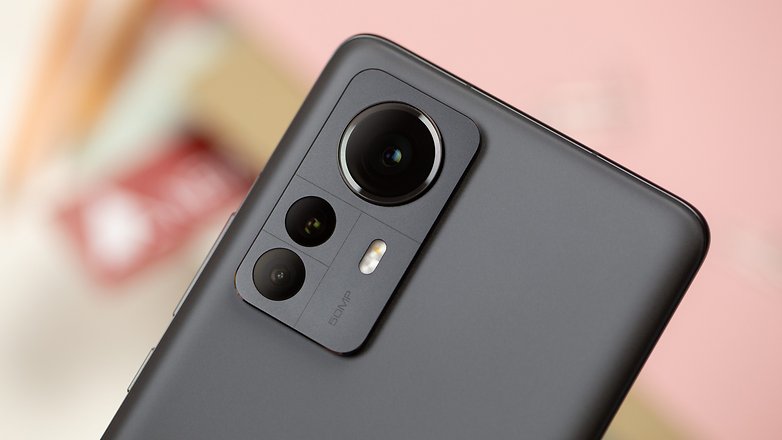
This is the moment where both the Xiaomi 12 and 12X fall short in terms of quality compared to the 12 Pro: While the ultra-wide-angle camera and the telephoto camera on both devices shine with its 50 MP sensor, the 12 and 12X instead have a combination of 13 MP ultra-wide and 5 MP macro installed. All four handsets rely on 32 MP selfie shooters in front. There, we see a combination of a 13 MP ultra wide-angle and 5 MP macro cameras instead.
As always, our full review will have to prove what the cameras are actually capable of. As soon as we are back from the Xiaomi launch event in Berlin, you will find first hands-on impressions of the devices on NextPit!
Software
All four smartphones come with identical software. In the case of the 12-series, we have known for a while that we can expect MIUI 13. It was initially disappointing that this was based on Android 11. However, Xiaomi has already rolled out MIUI 13 that is based on Android 12. Thus, you can not only look forward to MIUI 13 but also to an up-to-date Android version! By the way, we recently compiled a list of tips and tricks for MIUI - the Xiaomi skin is not without reason the most popular Android version on the market.
How does Xiaomi fare with updates? Compared to Samsung, you can probably deduct a year here. This means that you can expect three major Android updates and four years of support for security updates, but do take note that there is no guarantee, either.
Battery and quick charging
Xiaomi is a bit of a quick-charge king and is always ahead when it comes to high charging speeds. This is also true here: The Xiaomi 12 Pro comes with a 4,600 mAh battery that can be recharged at up to 120 watts. The Pro is the only model in the Xiaomi 12 series that can also handle reverse wireless charging. Wireless charging both Xiaomi 12 Pro and Xiaomi 12 goes up to a very snappy 50 watts! On the other hand, the Xiaomi 12 Lite does not offer wireless charging.
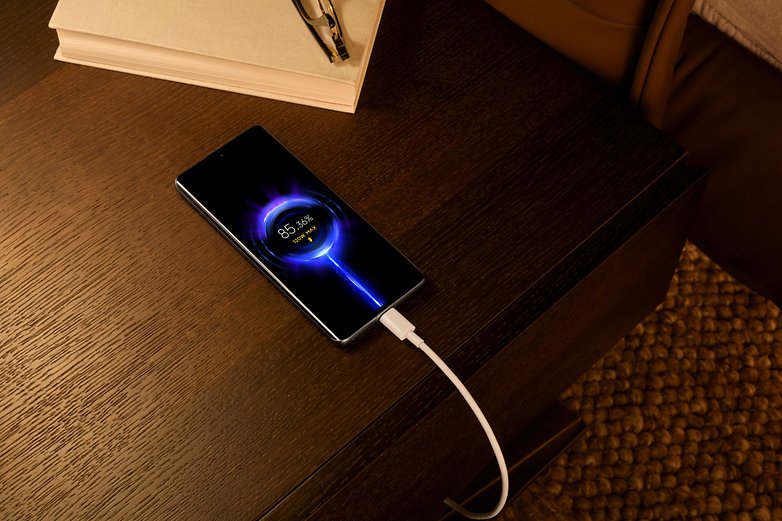
The Xiaomi 12 and 12X are significantly slower than the Pro with 67 watts, but they are still in the top range and easily leave the competition like Samsung behind. By the way, the capacity of both phones is only slightly lower than that of the top model at 4,500 mAh. With the 12 Lite, 4,300 mAh will have to suffice.
The chargers are once again included in the box for all four models, just like in previous generations.
Price and availability
As already mentioned, the three smartphones were already introduced in China in December. For the global launch, Xiaomi announced reference pricing in US dollars, but as of press time, doesn't have plans for selling the devices in North America:
- Xiaomi 12 Pro - starting at $999
- Xiaomi 12 - starting at $749
- Xiaomi 12X - starting at $649
- Xiaomi 12 Lite - starting at $599
Conclusion
Based on the technical specifications shown above, it will also have become clear to you that the Pro leaves the other models behind in terms of camera, fast charging capability, and the adaptive refresh rate of the display. The 12 Lite is even weaker than the 12 and 12X, but it is also considerably more affordable.
However, the base model also comes with the best SoC, charges very quickly at 67 watts just like the 12X and 12 Lite, and we also find the 120 Hz AMOLED display across all models. In general, the base model and the 12X are almost identical twins. The 12X only lags behind in terms of SoC and wireless charging. So you should keep that in mind if the Pro is too expensive for you and you have to choose one of the two more affordable alternatives.
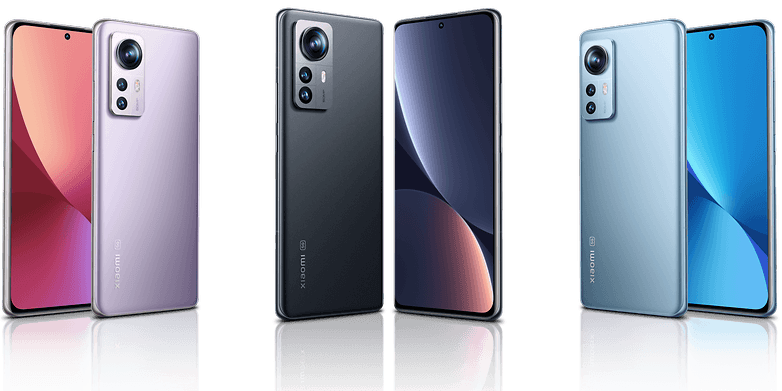
Do you want an AMOLED display with a 120 Hertz refresh rate, 67 Watts Quick Charging, and Android 12, but can live without a fast SoC and a strong triple camera setup? If that is the case, then the Xiaomi 12 Lite, which is much cheaper than its siblings, is probably sufficient for your needs.
You should also consider that Xiaomi recently introduced the Xiaomi 12S series before making a purchase decision. It consists of the Xiaomi 12S, 12S Pr,o and 12S Ultra, but it has not been officially launched yet. The Ultra in particular is even more powerful than the models without the "S" suffix.
Which model do you like the most? The powerful Pro? Or perhaps the inexpensive Lite? Or do you simply wait until the 12S series is released, totally disregarding all these four devices? Share your thoughts with us in the comments!






